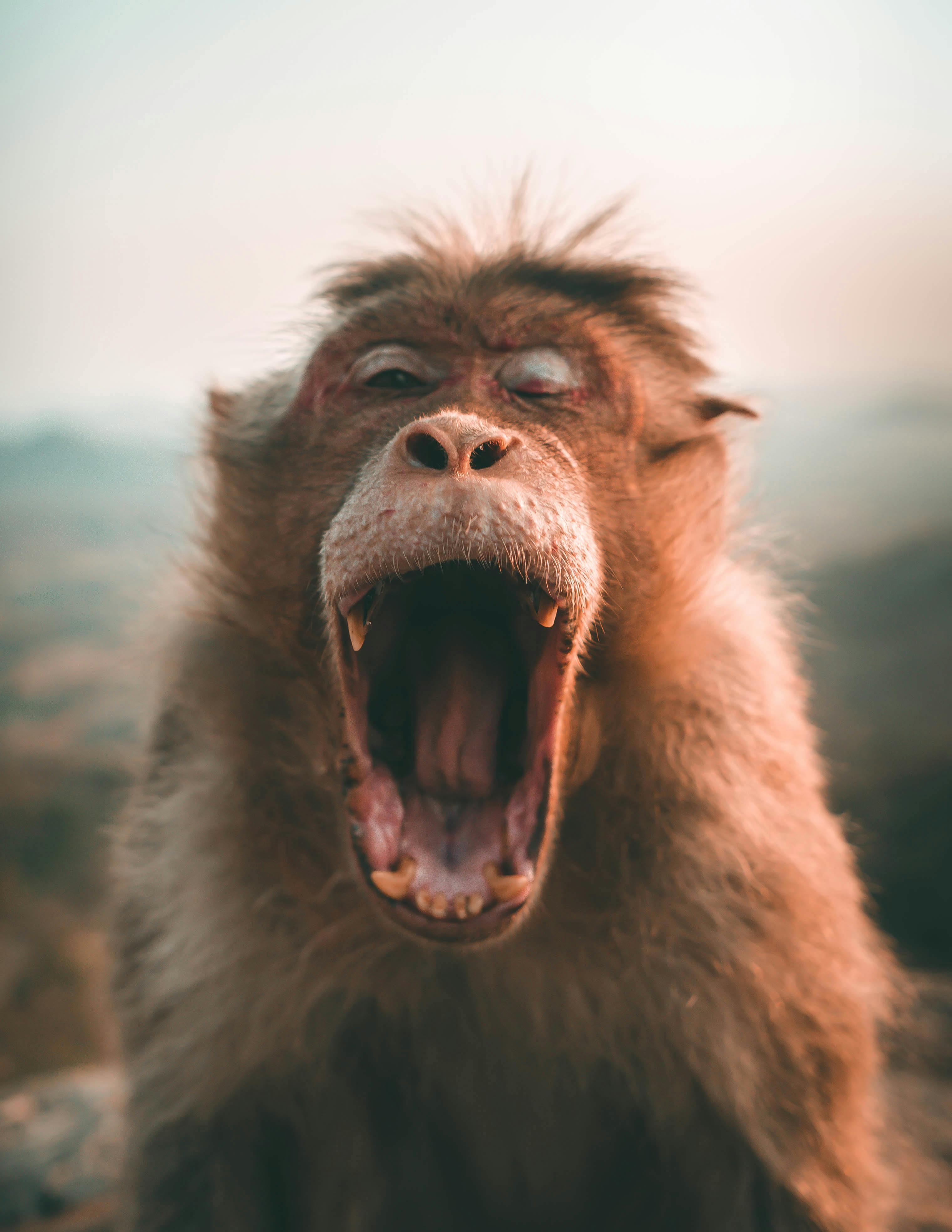Practical Guide to Mini Pigs: What to Expect from Your Full Grown Pet in 2025
Mini pigs are becoming increasingly popular as lovable companions, seducing many families with their charming personalities and endearing antics. However, prospective owners should comprehend the full spectrum of mini pig care, particularly as these pets grow into adulthood. Understanding the unique characteristics, needs, and care requirements of full-grown mini pigs is essential for creating a harmonious living environment for both the pig and its family.
The journey of integrating a mini pig into your household begins well before your piglet grows into its adult size. From exploring various mini pig breeds to delving into their grooming needs, dietary requirements, and social behaviors, each aspect contributes to the well-being and happiness of your new friend. Moreover, awareness of a mini pig's lifespan and potential health issues ensures informed decisions throughout their journey.
This article will guide you through every aspect of mini pig ownership, shedding light on essential care tips, handling, training techniques, and much more. Additionally, you'll learn about mini pig sizes, dietary preferences, exercise needs, and the opportunities for companionship that come with sharing your life with a miniature pig. Let's delve into the world of full-grown mini pigs and uncover the joys and challenges that await you!

Essential Care Guidelines for Mini Pigs
Building on the foundation of understanding mini pigs as adorable companions, we can now delve into the essential care guidelines required to maintain their health and happiness. Mini pigs require detailed attention to several aspects of their daily lives.
Understanding Mini Pig Dietary Needs
Mini pigs thrive best on a structured diet tailored to their specific needs. Full-grown mini pigs require a well-balanced diet high in fiber to support their digestive health. High-quality mini pig food is essential, featuring ingredients that avoid excessive sugars and fats, as weight management is crucial for these pint-sized pigs.
The mainstay of a mini pig's diet should be a specially formulated high-fiber pellet feed. This type of food contains crucial nutrients and is a convenient way to ensure overall health. Fresh vegetables and fruits can supplement their diet, enhancing variety while ensuring they receive essential vitamins and minerals. However, owners must be cautious about the types and quantities of treats given, as many human foods can cause digestive issues or weight gain.
Common Mini Pig Health Issues
With a planned diet and regular exercise, you can help prevent many common health issues that often affect mini pigs. As they age, they may face obesity, dental problems, and skin conditions. Routine veterinary visits are necessary to monitor their health, provide vaccinations, and conduct preventive care.
A crucial aspect of maintaining your mini pig's health is monitoring their weight. Keeping track of your pig's body condition helps ensure they remain within a healthy weight range, which is imperative to prevent obesity-related complications. Always consult your veterinarian regarding ideal weight and dietary adjustments.
The Importance of Mini Pig Enrichment
Cognitive and physical enrichment is essential for mini pigs. They require activities and stimulation to prevent boredom and associated behavioral issues. Enrichment can take many forms, such as toys, puzzle feeders, and interaction with other pets or humans.
By encouraging playtime and exploring new environments, you foster and enhance social behavior. Each mini pig has unique traits, so observe what activities they enjoy most. A structured playtime routine can contribute profoundly to their happiness and mental well-being.

Training and Socialization Techniques
With the essentials of mini pig care outlined, we can now explore notable training and socialization techniques, which play a pivotal role in ensuring your mini pig develops well-behaved and confident behavior.
Basic Training Methods for Mini Pigs
Training your mini pig requires consistency and patience. Start with basic commands like "come," "sit," and "stay," using positive reinforcement, such as treats and praise, to encourage compliance. Consider engaging in short training sessions, typically lasting no longer than 10-15 minutes, to maintain your pig's focus and interest.
Socializing your pig with different people, environments, and other animals is crucial. Exposure to various situations helps to develop a well-rounded disposition. Gradually introduce your pet to new experiences while monitoring their comfort level, as this is vital for fostering positive social behavior.
Understanding Mini Pig Behavior
Mini pigs possess unique behavioral traits. They are naturally curious and intelligent, displaying a love for exploration. However, they can become anxious if not properly socialized. Observe their body language and make note of your pig's communication signals. For instance, a relaxed body posture indicates comfort, while a stiff stance may suggest anxiety.
Additionally, regular bonding time can strengthen the relationship you share with your mini pig. Spending quality time together through activities such as grooming and training not only improves your bond but also enhances your pig's behavioral traits.
Challenges in Training Mini Pigs
While mini pigs are trainable, they can be headstrong, leading to training challenges. Regular practice, patience, and socialization can overcome stubborn tendencies. Avoid using punishment, as positive reinforcement will yield better results.
Recognizing each mini pig's unique personality traits is key to developing effective training strategies. What works for one pig may not work for another, so always adapt your approaches to ensure successful communication.
Mini Pig Living Environments
With a firm grasp on training and care, let's turn our attention to the ideal living environments for mini pigs, ensuring they feel comfortable and at home.
Designing a Mini Pig Habitat
Mini pigs require substantial space to roam and explore. When designing their habitat, focus on creating a safe, engaging environment. If keeping your mini pig indoors, designate an area for them to play, sleep, and relax. Use baby gates to provide defined areas, allowing for safe exploration within your home.
Outdoor space can also serve as a wonderful area for your mini pig to thrive. Pigs enjoy rooting, so providing a fenced yard where they can dig and explore safely is beneficial. However, ensure the area is secure to prevent escapes.
Indoor Mini Pig Needs
When keeping a mini pig indoors, consider investing in a comfortable bed, toys, and litter training. Unlike dogs or cats, mini pigs are not inherently inclined to use litter boxes. However, with time and training, successful litter habits can be instilled.
Indoor environments need to be enriched and interactive. Encourage playtime with toys designed for pigs, as these promote mental stimulation and physical activity. Offering simple DIY options, such as cardboard boxes, can also engage your pig's natural curiosity.
Social Interactions for Mini Pigs
Mini pigs thrive on social interactions. They often form strong bonds with their families. Providing opportunities for your pig to socialize with humans and other animals benefits their emotional health immensely. In multi-pet households, monitor interactions to ensure safety, gradually introducing your mini pig to other pets to foster harmony.
Understanding Mini Pig Lifespan and Longevity
Having examined mini pig environments, it’s also vital to understand their lifespan, as this knowledge proves essential for potential and current owners alike.
What to Expect in Terms of Lifespan
Mini pigs typically live between 12 to 20 years, depending on their care, genetics, and overall health. With proper nutrition, preventive care, and a nurturing environment, many mini pigs can lead long, fulfilling lives.
Factors such as diet quality, weight management, and regular veterinary check-ups drastically impact their longevity. Owners should remain committed to providing their pigs with a suitable lifestyle to enhance their quality of life.
How to Support Your Mini Pig’s Health
Implementing proactive health measures will prolong your mini pig’s life. This includes ensuring vaccinations are up-to-date, undertaking routine vet visits, and practicing preventive care strategies. Early intervention for any health concerns can mitigate long-term issues.
Moreover, maintaining appropriate dental care by regularly checking their teeth and gums will help avoid complications that can arise as they age.
Frequently Asked Questions About Mini Pigs
As you venture into mini pig ownership, you may have questions about caring for these adorable creatures. Here are some common inquiries to provide further insight.
What Are the Most Common Mini Pig Breeds?
Popular mini pig breeds include the Vietnamese Potbellied pig and the Juliana pig. Each breed has its characteristics, behaviors, and care requirements, making it essential to research which breed is the best fit for your lifestyle.
How Can I Train My Mini Pig Effectively?
Consistency is key when training mini pigs. Use positive reinforcement by rewarding desired behaviors with treats or praise. Patience and a calm demeanor will encourage cooperation during training sessions.
Can Mini Pigs Get Along with Other Pets?
Yes, mini pigs can interact positively with other pets, provided they are raised together or properly introduced. Monitor their interactions to ensure everyone's safety and happiness.
What Are Mini Pigs’ Exercise Needs?
Mini pigs require regular exercise to maintain healthy weights and emotional well-being. Daily walks, playtime, and interactive toys can help satisfy their activity requirements.
How Do I Prepare for a Mini Pig Adoption?
Before adopting a mini pig, research the requirements such as space, time commitment, dietary needs, and veterinary care. Familiarizing yourself with the adoption process will allow for a smoother transition into pig ownership.
With the information covered in this guide, potential owners will better understand the joys and responsibilities of having a full-grown mini pig as part of their family.
